Adenrele Sonariwo is leading Lagos’s art-world charge
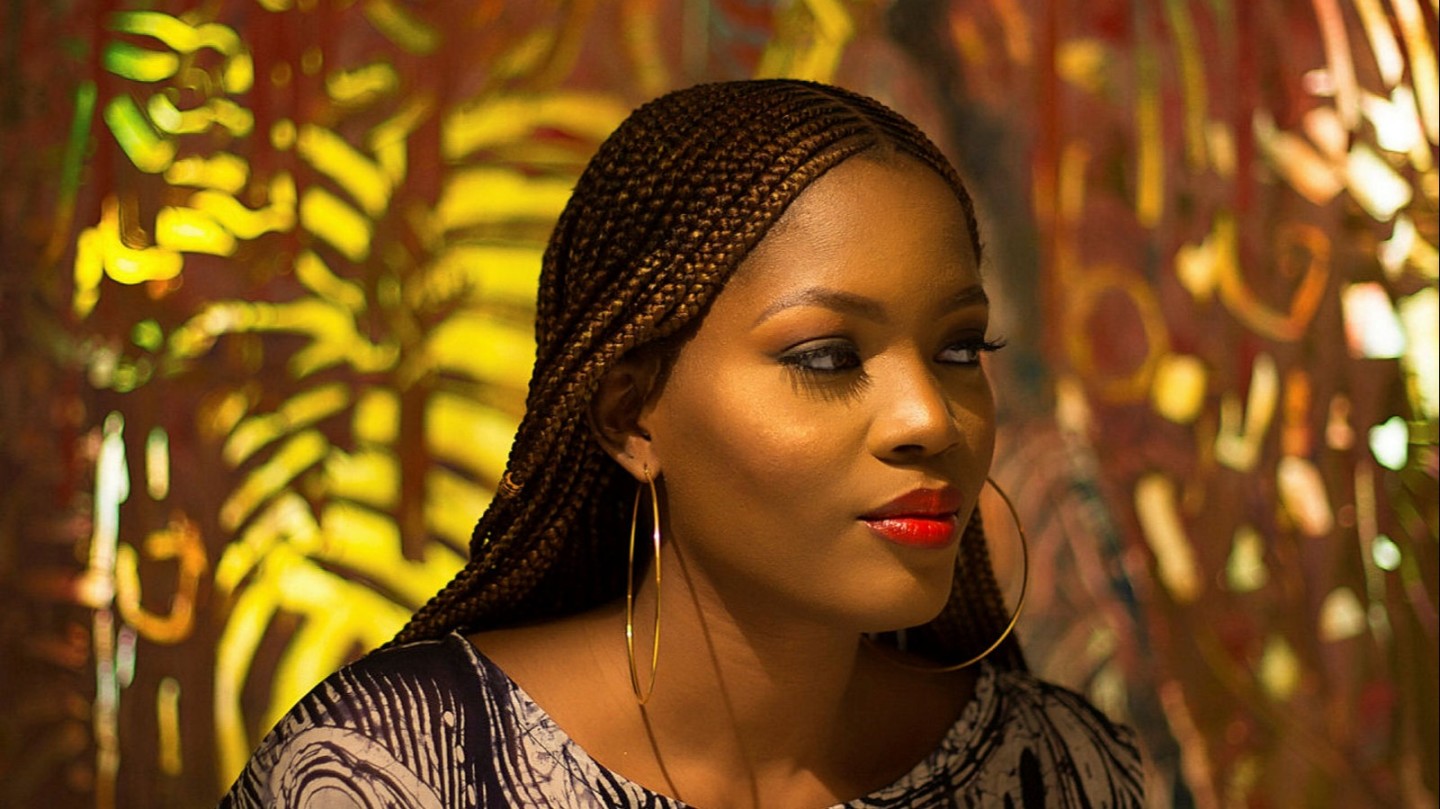
Roula Khalaf, Editor of the FT, selects her favourite stories in this weekly newsletter.
When Adenrele Sonariwo returned to Lagos, Nigeria, in 2010 after studying curating in the UK, she began to haunt the art scene, but felt something was missing. “I didn’t see myself reflected in [the exhibitions]. There were so many stories that were lacking within the space at that time.”
While music and films reflected Nigeria’s large young population, the visual arts catered to an older generation. Sonariwo wanted to bridge the gap by broadening the art scene to include more contemporary work by young artists. “For me young people are the heartbeat of any nation [and] we have a very vibrant youth population in Nigeria.”
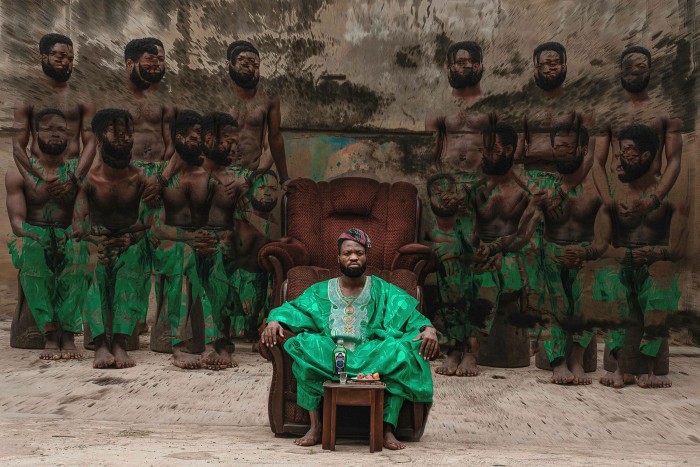
After hosting an art salon at home, a conversation with other cultural producers developed into an event-based collaboration, showcasing affordable artworks to a younger audience who might not have collected before. In 2015, following five years of pop-ups, Sonariwo started her gallery, Rele, which will be appearing in Art Basel’s OVR:2021 this week.
The daughter of an influential — her late father was the 18th Akarigbo of Remo, the traditional ruler of 33 towns in Ogun state — Sonariwo was exposed to visual art from a young age. She spent a number of years living in the US, having left Lagos to study at Howard University and worked as an accountant for PwC, but felt drawn to the arts, so changed course and headed to the University of the Arts in London.
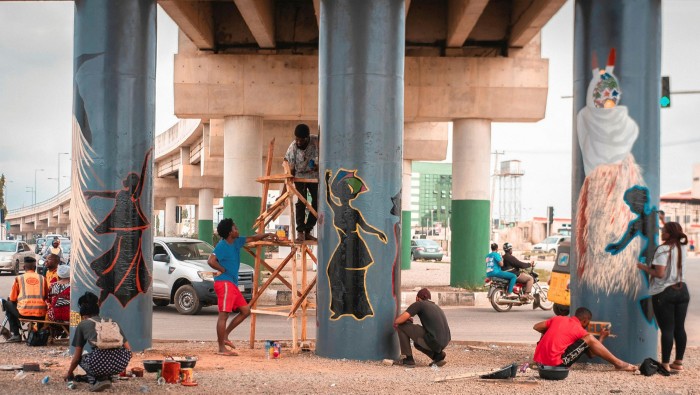
Her ambitions were not small. In 2016, Sonariwo set up the Rele Arts Foundation, which presents the Young Contemporaries show and the associated boot camp, which provides mentorship, critique and weekly stipends to young artists. In 2021 came a gallery in Los Angeles. Why LA? “I love the weather,” she says without missing a beat. “The way I engage with cities, if I have to be there quite a bit, I have to think about do I like being there, do they have a good art scene and institutions that we could leverage off of. The institutions were welcoming; the collectors were welcoming.”
Rele has given Sonariwo both national and international visibility: she was selected as co-curator for Nigeria’s first pavilion at the Venice Biennale in 2017, alongside writer Emmanuel Iduma. The pressure was great. “You have a country on your shoulders, you want to do your country proud . . . We’ve broken the barrier, meaning we’d tried countless times and it didn’t work. I feel like my role was to go and say it’s possible.”
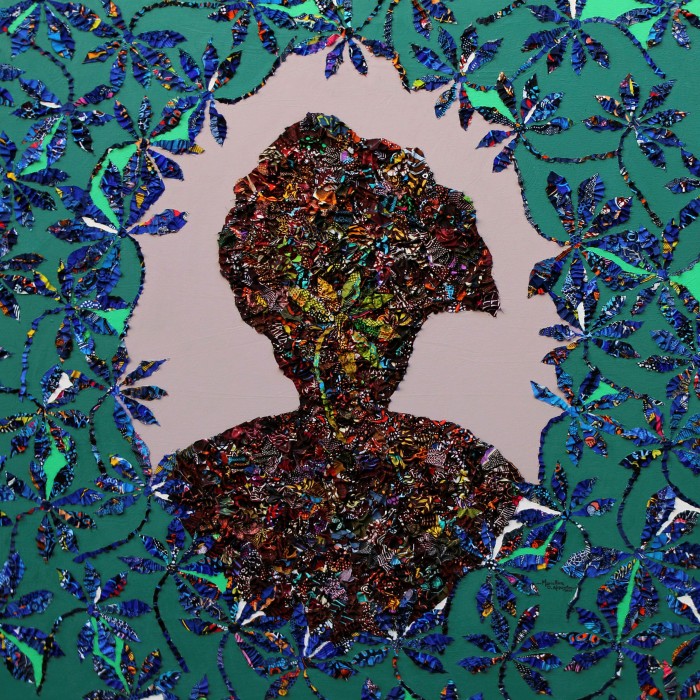
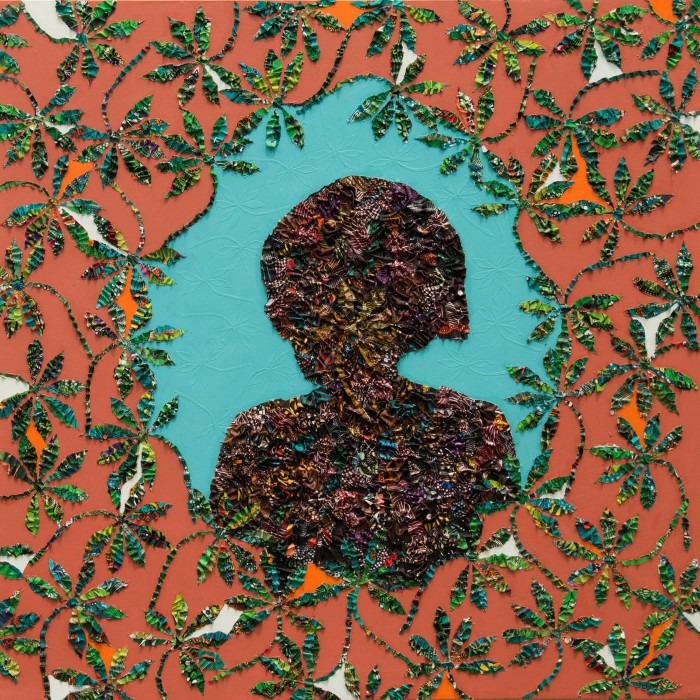
Sonariwo has used Rele to diversify the stories being told in the art world. She mentions Marcellina Akpojotor, who works with fabric and addresses themes of motherhood and marriage; Tonia Nneji, a painter whose work considers women’s health issues; Chidinma Nnoli, a painter who channels the patriarchal constraints she has faced as a woman from a Catholic background. In December 2021, the gallery made its first appearance at Art Basel Miami with a solo booth by Akpojotor which nearly sold out on the opening day.
At OVR:2021, Sonariwo will be showing paintings by Michael Igwe, “a 28-year-old grappling with the frustrations of what it means to live in Lagos as a young creative man, [which] we felt like both a local and global audience can relate to.” She describes his works as “marked by uncertainty and constantly evolving experiences”.
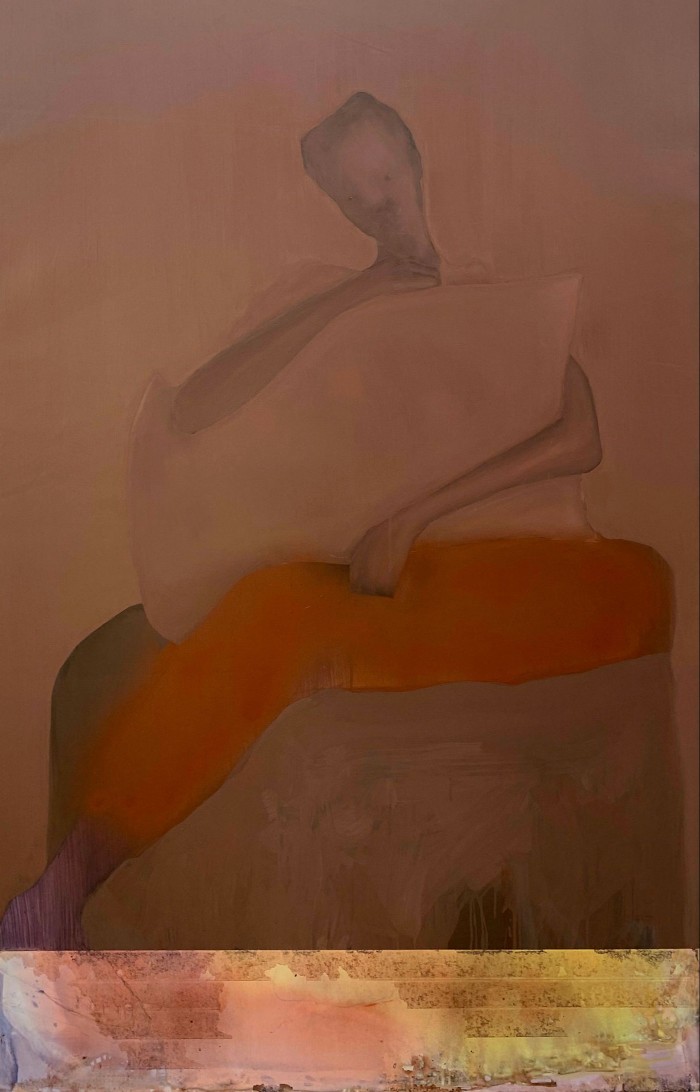
It came at a good moment for Lagos’s art scene, which is now engaging the young and upwardly mobile. Galleries regularly spring up there and it hosts one of west Africa’s largest art fairs, auctions, a biennale, photo festivals, institutions for research and curating and more. “The [art] ecosystem has changed a lot,” Sonariwo says. “There’s still opportunity for more things but it’s really changed. Just the [audience’s] interest is a big change.”
The meaning of “rele” in Yoruba is “coming home”, a sentiment of national and continental pride that Sonariwo seems to want to cultivate and instil through her work with the gallery. “My artists aren’t just people I work with; they are like my family.”
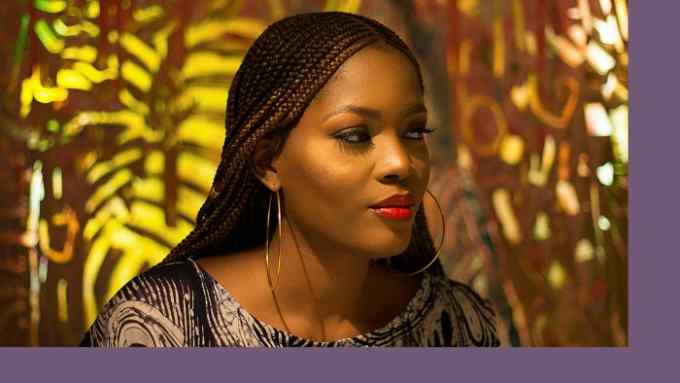
Comments